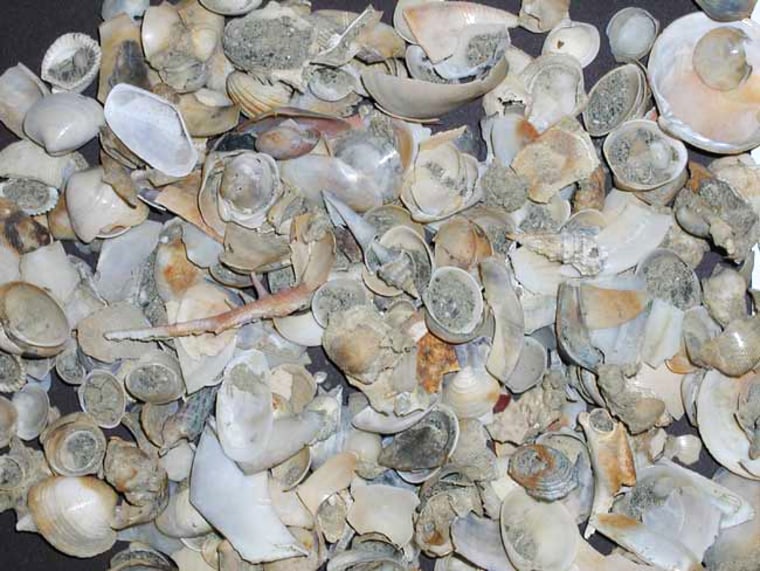As explorers investigated the world in centuries past they began pondering a puzzle called the "latitudinal diversity gradient." That's science talk for: The farther you go from the tropics, the fewer different kinds of plants and animals there are.
The question became, is it because more species originate in the tropics, or because older ones can persist there longer? In other words, are the tropics a cradle of diversity or a museum?
The answer: It's both.
A team of paleontologists studied a large group of marine animals — oysters, clams, scallops and other bivalve mollusks.
About three-quarters of today's types of these creatures originated in the tropics and spread outward toward the poles, while only one-quarter originated at higher latitudes, they report in Friday's edition of the journal Science.
The researchers found that as they traced the marine animals back in time over an 11 million-year period there was a consistent pattern with twice as many originating in the tropics as other areas.
And while only 30 varieties that lived only in the tropics went extinct, 107 that lived outside the tropics died out.
"It's a really striking, surprising pattern," said lead author David Jablonski, professor of geophysical sciences at the University of Chicago.
"And it appears that other animals and plants were playing the same game, even on land," now that previous studies are looked at with new eyes, he said in a statement.
"I think we've killed the idea that the tropics are either a cradle or a museum of biodiversity. They're both," said co-author James Valentine, professor emeritus of integrative biology at the University of California, Berkeley.
"The tropics are the engine for global biodiversity," added co-author Kaustuv Roy, associate professor of biology at the University of California, San Diego. "What this means is that human-caused extinctions in the tropics will eventually start to affect the biological diversity in the temperate and high latitudes. This is not going to be apparent in the next 50 years, but it will be a long-term consequence."
The report adds "a new wrinkle" to understanding evolutionary dynamics, commented Charles R. Marshall of Harvard University, in a perspective on the report. Marshall was not part of the research team.
The research was supported by grant from NASA.
